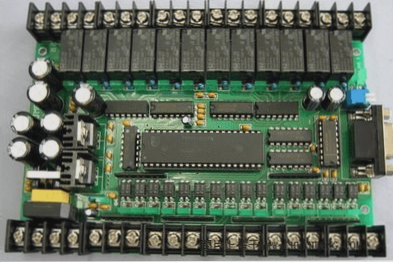The World of Ultra-Thin PCBs
When it comes to PCBs, thickness is a crucial factor. While a standard PCB typically ranges from 1.0mm to 2.0mm, the realm of ultra-thin PCBs introduces a new level of thinness. Ultra-thin PCBs, with a thickness below 0.6mm, are becoming increasingly popular due to the demand for sleeker and more lightweight electronic devices.
Materials and Thicknesses
- FR-4 ultra-thin PCBs can be produced at 0.15mm, 0.20mm, 0.25mm, and 0.3mm, with various copper thickness options.
- Thin PCBs, ranging from 0.075mm to 0.6mm, are available in materials like flexible core, FR4 core, and BT core materials.
- Ultra-thin FR4 PCBs offer the flexibility of flexible circuits but with enhanced strength and cost-effectiveness.
Surface Treatments and Production
Choosing a very thin PCB thickness may limit surface treatment options. Specialized equipment and fixtures are required for the production of ultra-thin PCBs, which are commonly used in electronics, automobiles, and aerospace industries.
Types of Ultra-Thin PCBs
- Pure Polyamide
- Third-generation ultra-thin
- Ultra-thin filling
- Low-flow polyimide
By utilizing FR-4 ultra-thin PCBs, businesses can reduce processing costs, enhance quality, and lower production expenses compared to traditional thicker PCBs. Embracing the world of ultra-thin PCBs opens up opportunities for innovative and compact electronic designs.




